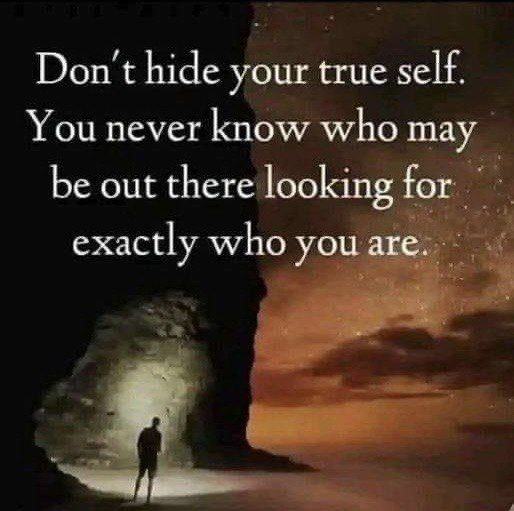Very good commentary – ABSOLUTELY……..
This is when I was up and agitated………
That "white out" – that's when I was up and agitated……..some astral clearing/warring going on perhaps? Spiritual battle of some sort……….perhaps… pic.twitter.com/dNc5MC12Iy
— Luciana Nina Leone (@nina_leone11) October 22, 2023
Sky event= 121 = scare event 112= 92= 911= energency. https://t.co/waYvg6hZwT
— florence of Arabia (@florenc89622516) October 22, 2023
interesting tidbits to paint the picture……..
Michael Andrews and Gary Jules – Mad World pic.twitter.com/VNzpnJl7Ws
— Scotty Mar10 (@Allenma15086871) October 19, 2023
Anything that demands attention, worship, etc. is not our friend….
The "God of This World" is a Psychopath in Case You Haven't Noticed.
Be careful where you direct your worship.
Use your discernment.— Let Spirit Guide You through this UpSiDeDOwN wOrLd (@ChrisBellucci58) October 22, 2023
They’re all such sneaky, snarky doltheads……..
Can't unsee it now. pic.twitter.com/SL8z26gYy2
— Vincent Kennedy (@VincentCrypt46) October 22, 2023
House cleaning? Reason there’s no SOTH? https://t.co/CgJFDLrOpn
— RedWhite&Bleaux (@Rwb2715) October 22, 2023
What storm? pic.twitter.com/xu1Q1tfR1P
— BiffDon (@BiffDon) October 22, 2023
Still searching…. https://t.co/65rnjoI21X
— Vincent Kennedy (@VincentCrypt46) June 1, 2023
Not the only one who showed another moon……….i literally had no desire to watch it…………
Is this an eclipse 👀
Or a scene out of the horror movie “The Ring” 😰
I thought the moon was supposed to be the cause of these eclipses… ⚫️
But if so…
Then why is it not 🤯
Either way this some crazy shttt that cant be explained by the globe model 🌎💦
Thoughts below 👇 pic.twitter.com/27ewg8F84N
— Rufus_2688 (@No_Curve) October 21, 2023
🇺🇲 A revolt is brewing at the State Department over US policy in the Middle East.
This is reported by the Huffington Post.
It is reported that US diplomatic officials are preparing an appeal to their leadership criticizing the position that Washington has taken on the issue of… pic.twitter.com/vovCTr5V3d
— ᖇᗝᗝᔕᗴᐯᗴᒪ丅 丅ᗴᖇᖇᎥᗴᖇᔕ (@RTerriers) October 21, 2023
This one was interesting……….
I keep getting emails from Trump's campaign saying that RINOs are in the final week of their self imposed timeline to defeat Trump. We were told this was all planned for 6 years. Then, in the great post below by Rambo, we see Trump describe a 6 year plan split into a 2 year… pic.twitter.com/1aRzf2KJfu
— 40_Head (@TheReal40_Head) October 21, 2023
yug………
Beware.
This is a 2.3 billion dollar mass manifestation vibe harvester. https://t.co/ObuFeKPFRI
— Vincent Kennedy (@VincentCrypt46) October 21, 2023
if they had read what i did on the pnac website back in 2001 – they’d of known then……………
Military Vets know why we went to War in the Middle East. And they aren't pleased.. pic.twitter.com/2aI8BpGldR
— MoCheezePlz (@Yeahaboutthat3) October 21, 2023
Time is just an illusion.#BackToTheFuture pic.twitter.com/4ytAsfIPnr
— Cowboyw2b (@Cowboyw2b2) October 21, 2023
FIVE FOOKING TWELVE! https://t.co/W5FvqEk8os pic.twitter.com/Uon1KPNgcY
— Phaethon🇺🇸✝️ (@WartornSaint) October 21, 2023
PART 1) 💥💥
Why would would Trump use that word 2 times? pic.twitter.com/bY60VYu2lh
— Joe Rambo (@BrainStorm_Joe) October 21, 2023
don’t know about the WOULD WOULD but i did decide to gematria it:
Install How Do I Exit The Matrix
Remove All Spells in the Now
Defeated New World Order
A Plan To Save The World
The White Rabbit
End of Prophecy
Trump Train
November Three (11.3)
Well there ya go – it’s collective………
Anyone else feeling ‘off’ today. pic.twitter.com/87jq5wke8G
— Cowboyw2b (@Cowboyw2b2) October 21, 2023
Black Monday was October 28, 1929 (the first one)…………Same date as the upcoming solar eclipse…….And the 6 year anniversary of the first 17 post………sealing of “their” fate? Black Swan event?
Wall Street warns of ‘Black Monday’ repeat just in time for 36th anniversary (msn.com)
******
And…..Please find and follow me on the following platforms. 💜💥💖



